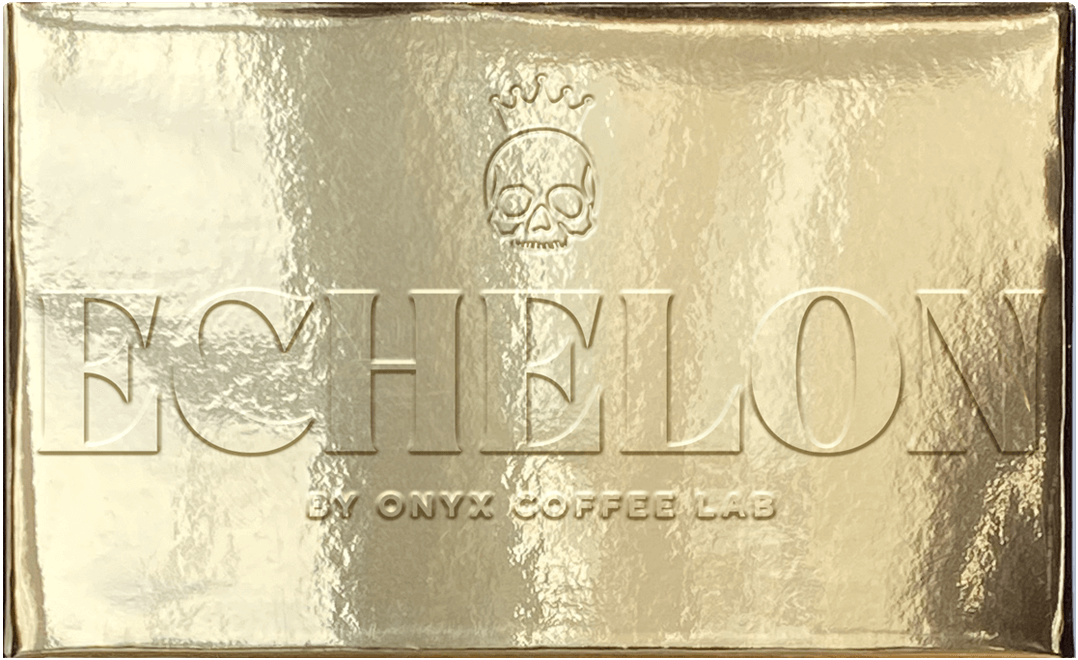Story
Jamison Savage is a name that has loomed large within the competition world for years. Multiple champions have used his coffees within barista and brewing competitions. We have long been fans of his work both within the Savage coffee line, as well as his own producing farms. During our time in Panama for a harvest visit, we made the picturesque drive from Boquete to Volcan, Panama. We met Jamison in Volcan, hopped into his 4x4 truck, and made the steep climb up to Finca Deborah. Spending an afternoon with Jamison was illuminating, showing the depth of both knowledge and passion that he has for coffee, people, and the land. That passion shows in the cup, and we were lucky enough to get this extremely limited lot from Morgan Estate. Read more about the Savage coffee line below.
MORGAN ESTATE
Grown in the highlands of the Chiriqui Province of Panama, this Gesha exudes the shining characteristics of both terroir and process. It is no surprise to folks familiar with coffee production that the places where exceptional coffee is produced can be host to a litany of problems. Highlands can be susceptible to high winds, frost, and landslides. Morgan Estate endured one such hardship during a tropical storm that tore through this region of Panama with ferocious winds and rains, damaging much of the delicate ecosystem in which this coffee is grown. Much of the farm was destroyed during this storm, leaving the production just a fraction of what it once was. Since, Jamison has worked to preserve, protect, and to restore Morgan Estate back to its original state.
NATURALLY PROCESSED COFFEE
Natural coffees are beautiful… Okay, natural coffees are beautiful when done properly, but can be equally terrible when things go wrong. Natural processing, or dry processing, refers to the act of drying and fermenting coffee inside the cherry. Long before the age of portafilter tattoos and dual-boiler home espresso machines, coffee was picked and dried this way out of convenience. It is, to this day, still the most convenient and economically friendly way to process coffee cherries. (It’s estimated that dry-processing can use up to 90% less water than the washing process.) So why isn’t all coffee processed this way? Well, as coffee made its way across the world, it was commoditized and standardized, just like all other products spread by colonialism, but that’s a whole other story... Adding to the boom of washed processing, the natural process method can be tricky to get right, due to the delicate nature of fermentation and drying. What does all this have to do with the final cup? Well, when you leave the skin and fruit of the coffee cherry on the seed throughout fermentation and drying, that fruit begins to break down, imparting esters that influence delicate florals and big fruit notes into the seed that survive the roasting process. If it’s rushed or handled incorrectly, this fruit rot can lend off-flavors to the coffee, making the final cup dirty or ‘fermenty.’ Basically that single cherry begins to slowly decay, and controlling that delicate action through advanced technique and metrics allow us, lucky folks, to drink wonderfully floral and fruity coffees. We have long promoted natural processed coffees, and this natural Gesha from Juan Pena is just one of the reasons we do.


